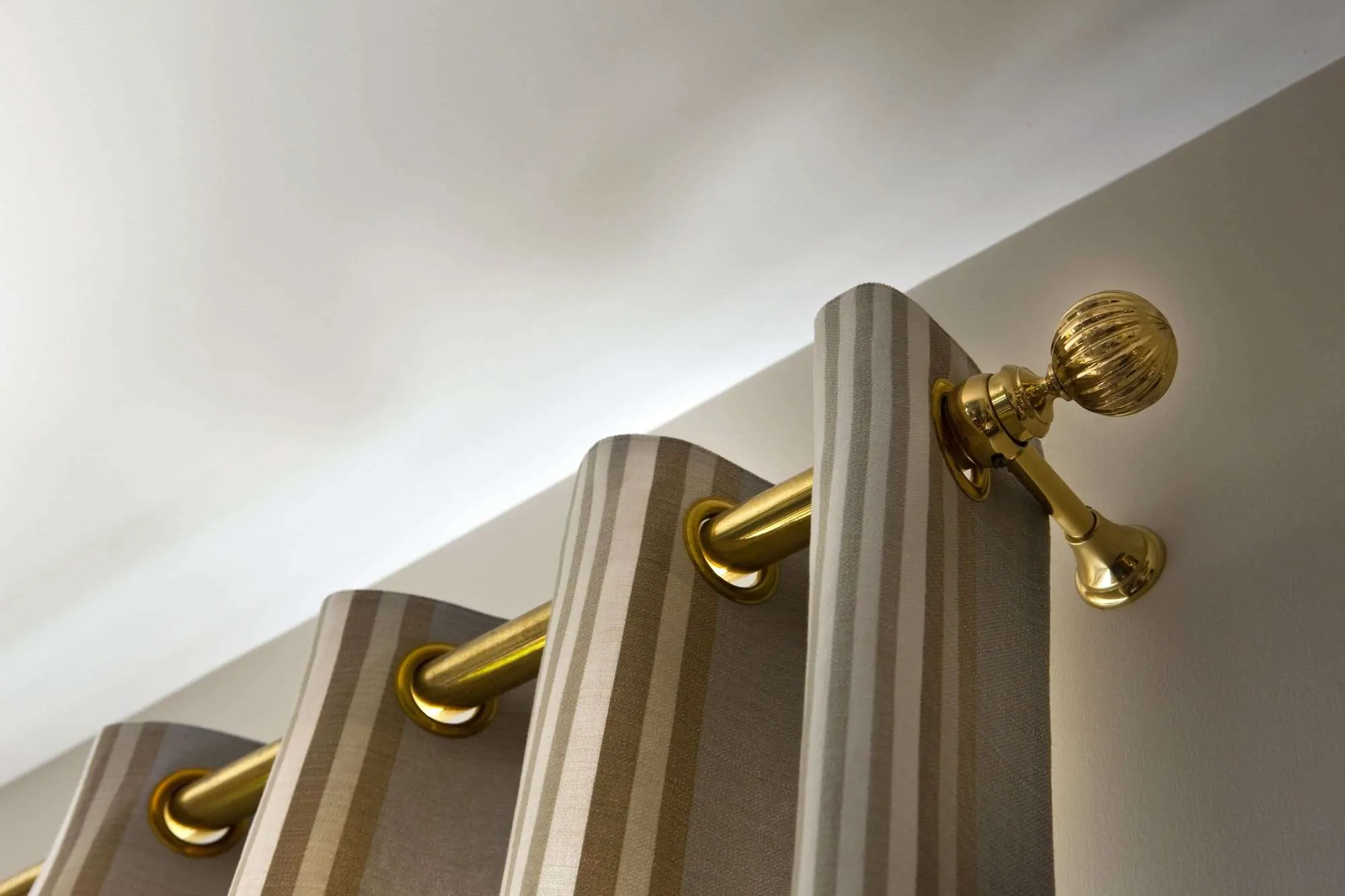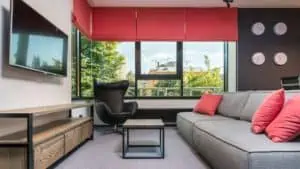Light is a big deal. IT helps warm our skin and regulate the way that our body understands time and sleep schedules. And since there’s a huge push in the home industry on designing for wellness and productivity, it makes sense that the push for window treatments will be to control the light at hand.
Natural light is obviously a big deal, but you can understand that natural light is a big deal and still have very little idea what it might take to deliver that natural light to your own home. Also, not all natural light is the same. And there are a lot of different ways to compliment and shift that natural light. Consider the window treatments in your home like prisms that all work together to create a single pattern, vibe, and color scheme.
In this post we’re going to start by talking about flow. The last thing that you want to do is throw a bunch of schemes for lighting that don’t match each other. Finally, we’ll then look at individual rooms and how you can find the perfect window treatments for them.
Getting the Whole House to Flow
We’ve got to start here, because you need to have a vision for the whole house. Now, it obviously doesn’t mean that you need to get the whole house to have the same color, design, or lighting structure. It simply means that when you’re picking for one room, you need to make lighting decisions flow. There’s a few things that you need to consider here.
The movement of the sun and the position of the sun during different seasons and times of day will be critical. After all, the kind of light that your rooms have will shift from season to season. This is one of the things that makes planning the whole house flow difficult. When you’re putting up one kind of light in one room, you know that a room on the opposite end of the house gets a different kind of light.
When one room is receiving a healthy amount of direct sunlight, it means that the room on the opposite side (or even the opposite end of the room!) is receiving a lot of shade.
When creating the flow for the whole house, this means that you’ve got to work with the sun instead of without it. Think about the movement of the sun and the way that this will bring more or less light during different times of the day. For example, you might use complementary colors in the master bedroom and master bathroom. If you know that the bathroom gets more light, you can soften the colors in the room a little bit and play on the theme of white a bit more to derive a brighter, cleaner fell. If the bedroom gets less, you can use similar textures and designs but make the colors a bit more vivid and dark, which will make that room feel cleaner in its own way.
The way that you get a house to flow is by ensuring that all rooms, whatever time of day, can get similar levels of light. In some places you’ll use different kinds of window treatments to impact the lighting. In other places, you can use artifical light to supplement natural light. You’re thinking about the whole vibe of the house when you use light. If you want to create stark contrast between different kinds of rooms, that can work! Just keep in mind what you are doing. If you want a darker bedroom and a ton of light in the living room and kitchen, that’s fine, but maybe balance out the bedroom by using vibrant colors and bring some darker hues and sheens to those brighter rooms.
Individual Rooms
Bedrooms
Bedrooms should consider privacy, space, and natural sleep rhythms. You don’t want to allow too much light and vision in and out of the bedroom. Curtains and heavier blinds will allow more control over the amount of light and visibility that plays in the room. The treatment will vary by the vibe of the room, but bigger fabrics and swirlier curtains will do the job nicely.
Living Rooms
Allow as much natural light to flood and play in the space here. Using color will help the room pop and have a friendly vibe, so the living room is a place where you don’t want to block the windows with heavy treatments too much. Use plants and objects to control the amount of light without stuffing out the light with a curtain. By using the right kind of thinner fabrics and big, sweeping blinds,you can maximize the light in your living room.
Kitchens
Kitchens are a great place to introduce some exterior window treatments. Kitchens are an area of the house that can become easily crowded and easily filled with things, objects, and various clutter. Putting curtains on the inside can make the room feel even more full and restricted than it might already feel. But if you use the outside, you can leverage shutters, sliding solutions, and even flower boxes to attain the ideal levels of decoration.
Bathrooms
Like the bedroom, there are certain privacy concerns to the treatment options. Most bathrooms have higher, smaller windows, so you’ll want to get creative to maximize the light while also maximizing the privacy. Bathrooms usually have strong artificial light and sweeping mirrors, which can help make it brighter. Consider smaller curtains and object based visibility solutions. Trims at the top are also a great option for bathrooms.
Dining Rooms
Dining rooms are often used in the mornings, evenings, and nights. Because they avoid the afternoon use, you usually won’t need to put on heavy duty curtains. There is usually not a ton of natural light that needs to be removed from the space. Consider lighter, smaller curtains that are pinned and looping. This gives the dining room a regal feel. In addition, the dining room should play well with the artificial light that is in the room. Experiment with various candles and chandeliers to get the feeling just right.





